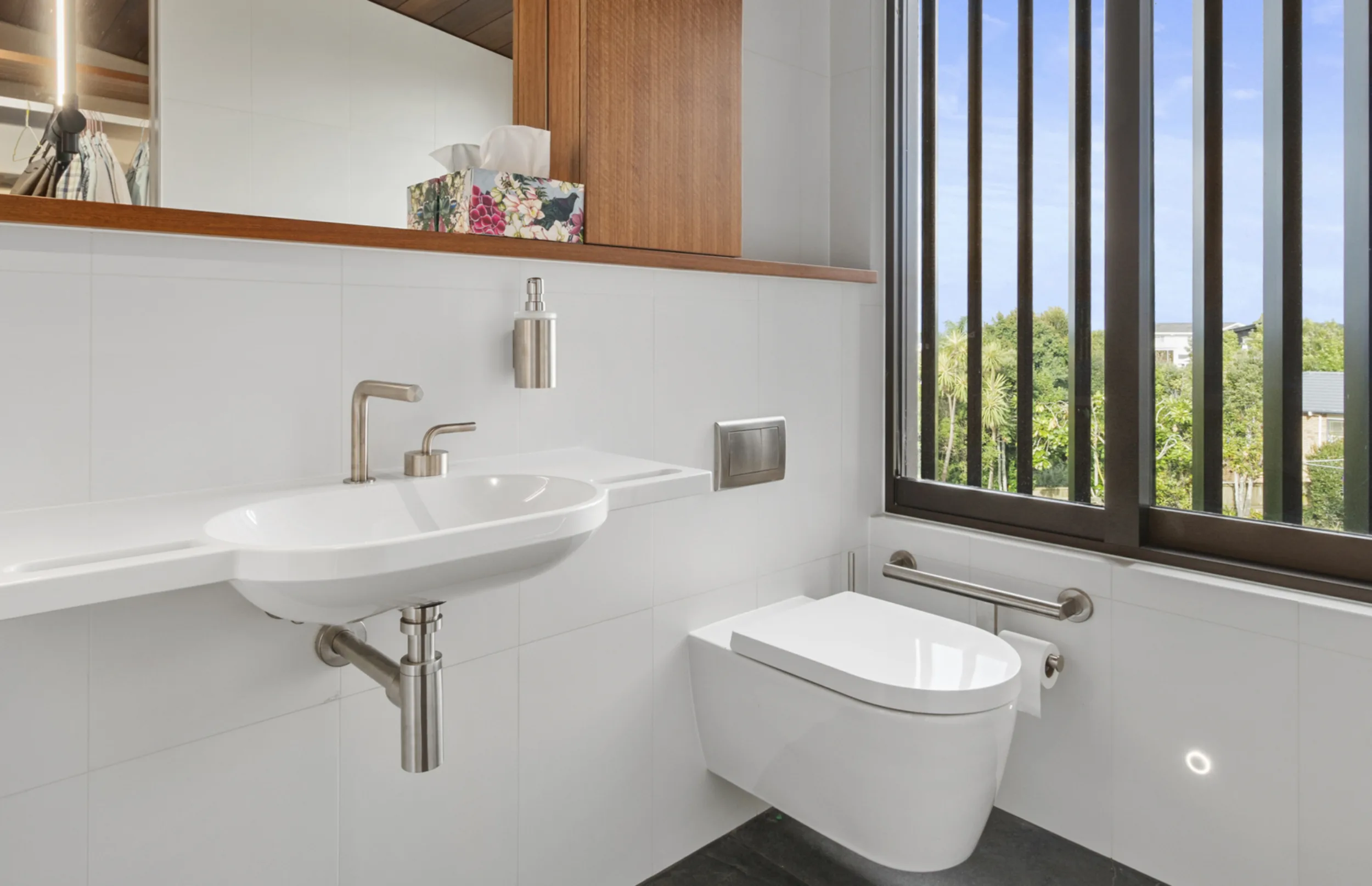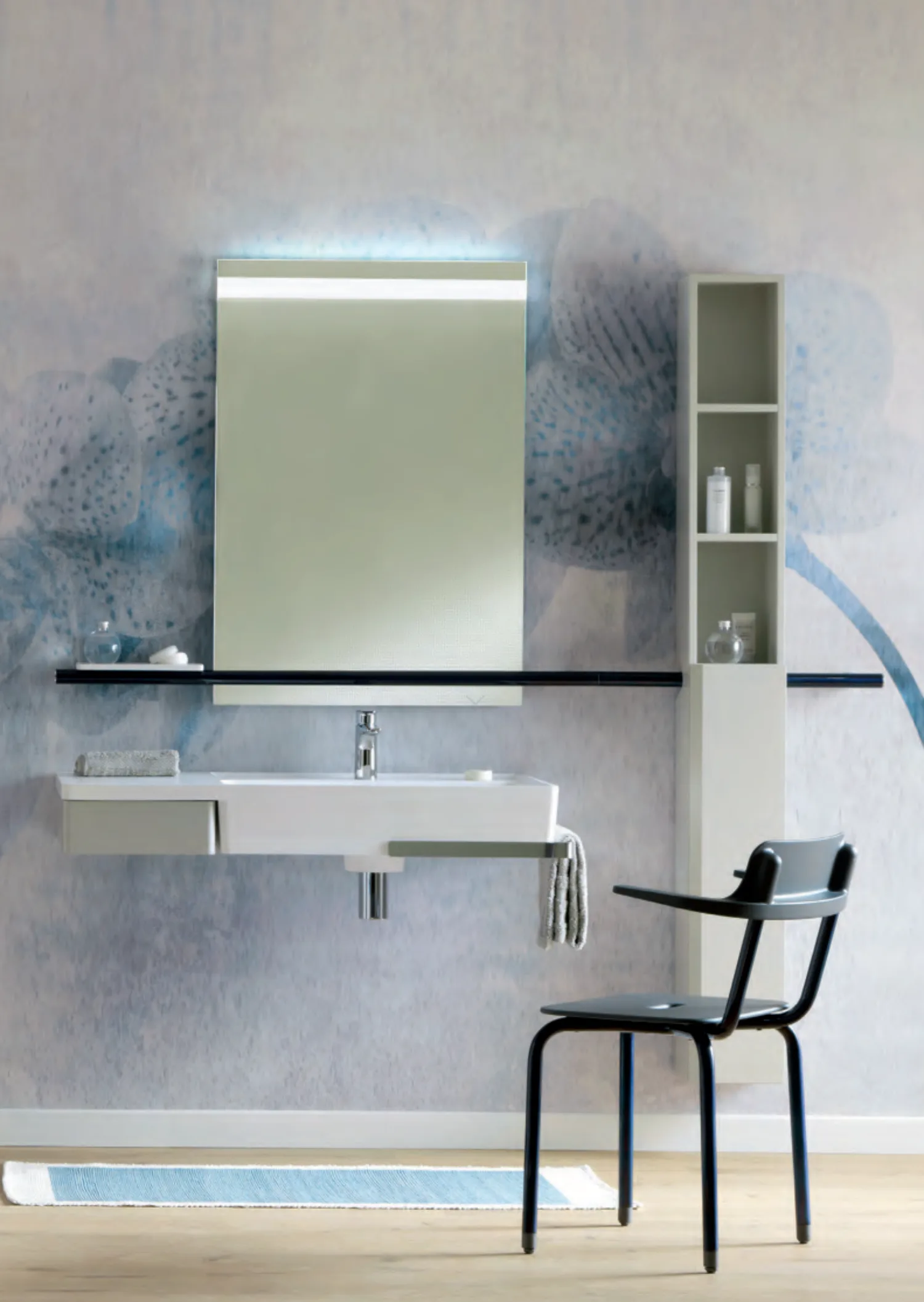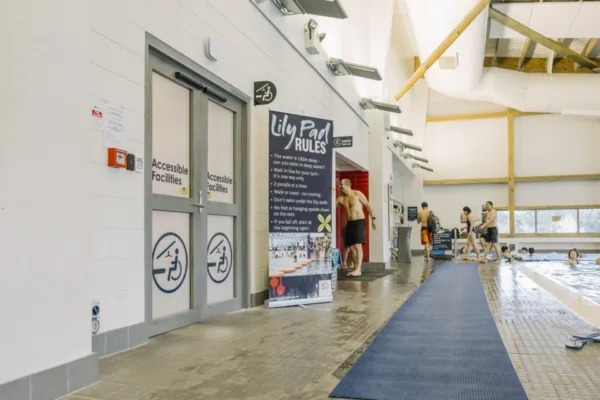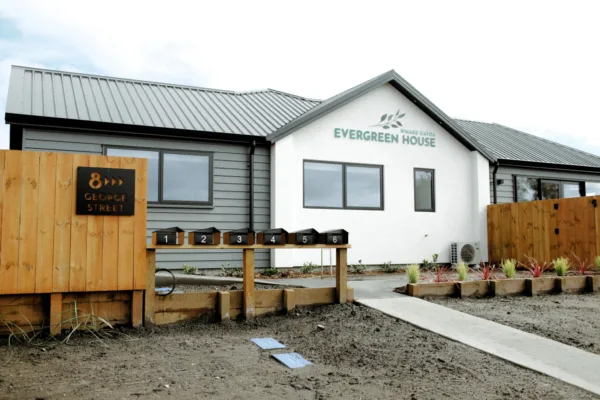How to Make Your Bathroom More Usable
How to Make Your Bathroom More Usable

The bathroom is a daily essential in any home, so it’s important to ensure it’s pleasant and functional for the whole family. Safety and usability should be a priority for any room, but this is even more imperative when it’s a wet area!
If you’re looking for inspiration for your next universally designed project, here are a few tips on how to make your bathroom more usable.
Bathroom
The first thing to consider about bathrooms is that wet areas are the most expensive areas to refit, so dwellings should be designed for easy adaptation in the future. Bathrooms should also be designed with flexibility to meet different needs over time.
- Consider the location and dimension of bathroom doors and the impact of door swings on clearances within the bathroom in the initial planning of the home.
- Reinforcing walls for the future installation of grab rails is essential and incurs minimal cost, whereas the cost of reinforcing walls after the build is complete can be expensive. Grab rails are used to steady, stabilise or support the full weight of a person when required. You probably won’t need it immediately, but it will be really useful in your older days or in case of injuries.
- Drawers with D-shape handles or push/pull mechanisms are the preferred storage option in vanities because they are way easier to use for people with restricted hand function.
Tap Fixtures
The tap you chose is a very important contribution to making your bathroom usable. As with lever action door handles and lever window controls, lever tap fixtures are far easier to use than round knob taps, which require a gripping and twisting action to turn. Lever taps are particularly user-friendly for people with arthritis or for anyone with an injury that restricts their dexterity.
- The use of lever taps is more hygienic than traditional taps since they can be operated with minimal hand contact or by using the back of the hand which is often cleaner than the palm and fingers.
- The use of single spout plumbing controls is significantly safer to use over dual hot and cold spouts, as they reduce the risk of burns, particularly for older people or children whose skin is more susceptible to burning.
Shower
As we all know, a bathroom needs space to allow everyone to use it. So, if you have enough place to have a bath and shower, that’s amazing! If not, always prioritise a shower. It is easier to use for everyone; the elderly, children and people with injuries.
- To reduce the risk of slips, Lifemark® strongly recommend a level entry shower.
- The risk of scalding can be minimised by installing an anti-scald device and/or positioning the shower rose and taps adjacent to the shower opening, rather than on the facing wall, and by directing the shower rose away from the entry to the shower.
- Lifemark® recommends strip drains to be installed in level entry showers. These decrease the number of differing floor planes, which reduces the potential for water to pool and provides a more even surface for people who rely on mobility aids.
- Lifemark® recognises some occupants may prefer a hinged shower seat, so reinforced walls are recommended in the shower.
Ultimately, making your bathroom more usable isn’t difficult, but getting the details right at the design stage can both save money and ensure your home continues to meet your needs for the long term.
For more information and advice on Universally Design bathrooms, take a look at our handy resource, here.
(*Image credit: SA Plumbing Supply)





